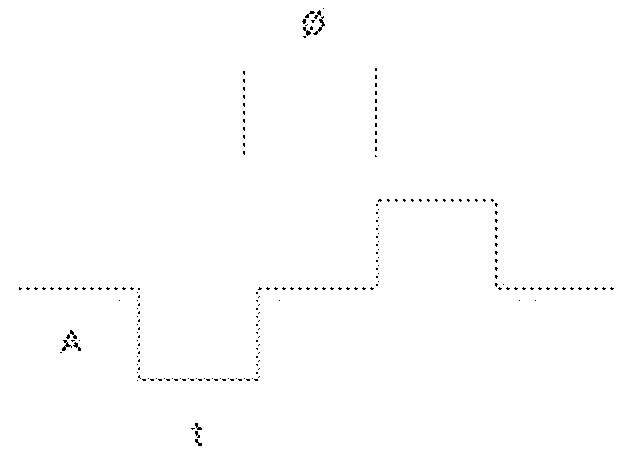Method and apparatus for controlling a neural stimulus
a neural response and stimulus technology, applied in the field of neural response control, can solve the problems of unfavorable patient safety, unfavorable patient safety, and difficulty in maintaining appropriate stimulus amplitude, so as to avoid misalignment of induced paraesthesia and control the neural recruitment level
- Summary
- Abstract
- Description
- Claims
- Application Information
AI Technical Summary
Benefits of technology
Problems solved by technology
Method used
Image
Examples
first embodiment
[0119]A first embodiment for estimating recruitment in the presence of varying electrode-to-fibre distance d, is based on relative amplitudes found in measurements at two electrodes. The amplitude of the evoked response varies with the applied charge and the response can be measured on a number of different electrodes distant from the electrode where the stimulus is applied. The responses measured in the sheep spinal cord are shown in FIG. 8, for responses in the ascending direction (i.e. for electrodes positioned away from the stimulating electrode along the midline of the spinal cord). FIG. 14a displays the variation in evoked SCP amplitude with Varying stimulus current, on four separate electrodes in the ascending direction, while FIG. 14b showing the equivalent in the descending direction. In particular, FIG. 14 shows ascending and descending evoked CAP N1-P2 amplitudes, recorded in sheep in response to biphasic 40 μs stimulus pulse widths.
[0120]The amplitude of the responses fo...
second embodiment
[0125]A second embodiment for estimating neural recruitment in the presence of varying electrode-to-fibre distance d, is based on a two point method. The evoked response measured on one electrode has an almost linear dependence on the applied current, in the operating region between threshold and saturation and for a given stimulation pulse width. The response changes (independent of pulse width) with applied charge. If we consider two response curves at two different postures P1 and P2, then they will have different amplitude and saturation point, which will depend on the separation of the electrode from the tissue in each respective posture.
[0126]For a fixed electrical activity in the spinal cord the effect of moving the sense electrode away will be to scale the response curve by the factor which relates to the separation. The electrical activity however changes because in this case the sense electrode and the stimulating electrode are both moving with respect to the spinal cord. ...
PUM
 Login to View More
Login to View More Abstract
Description
Claims
Application Information
 Login to View More
Login to View More - R&D
- Intellectual Property
- Life Sciences
- Materials
- Tech Scout
- Unparalleled Data Quality
- Higher Quality Content
- 60% Fewer Hallucinations
Browse by: Latest US Patents, China's latest patents, Technical Efficacy Thesaurus, Application Domain, Technology Topic, Popular Technical Reports.
© 2025 PatSnap. All rights reserved.Legal|Privacy policy|Modern Slavery Act Transparency Statement|Sitemap|About US| Contact US: help@patsnap.com



